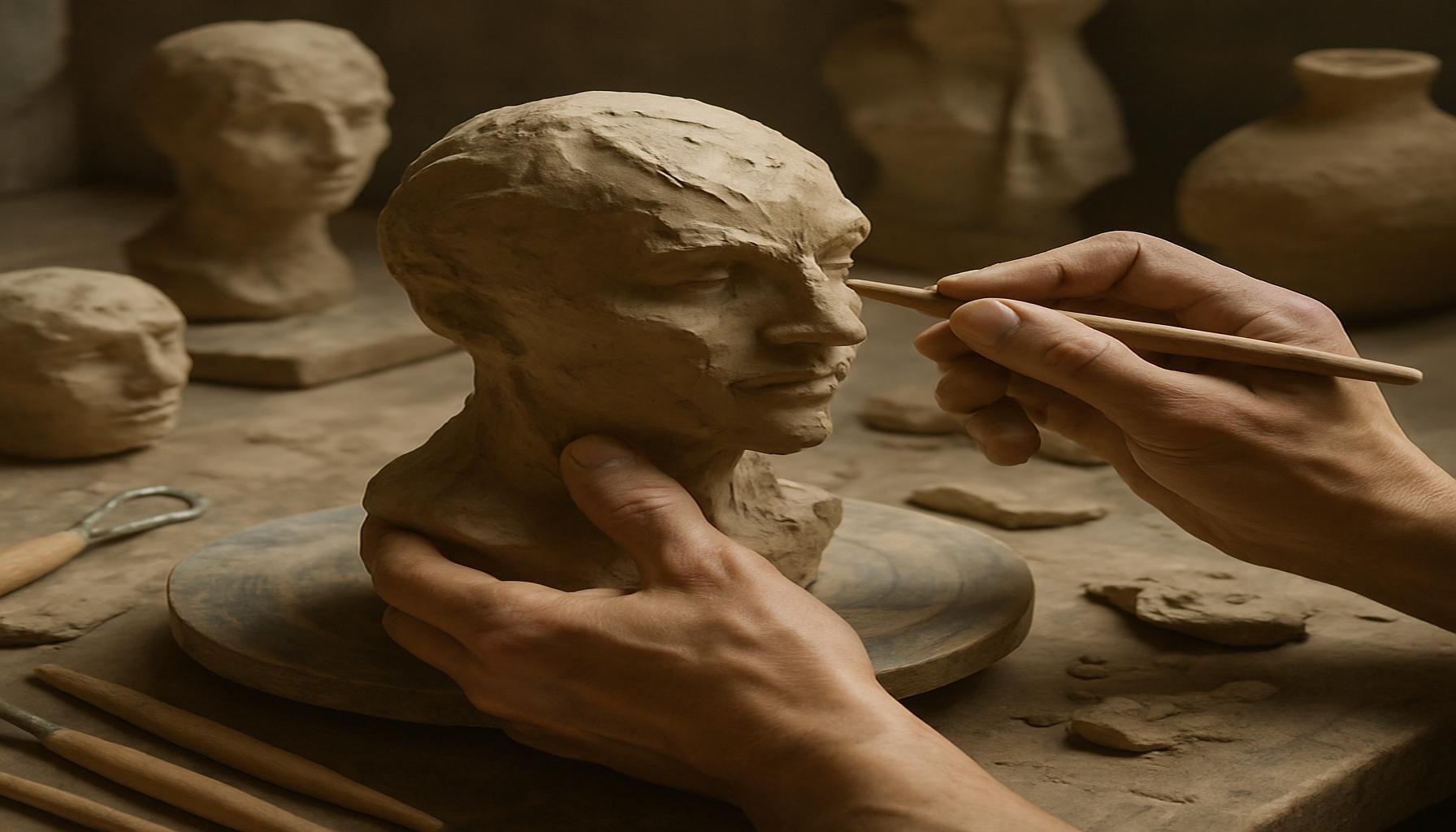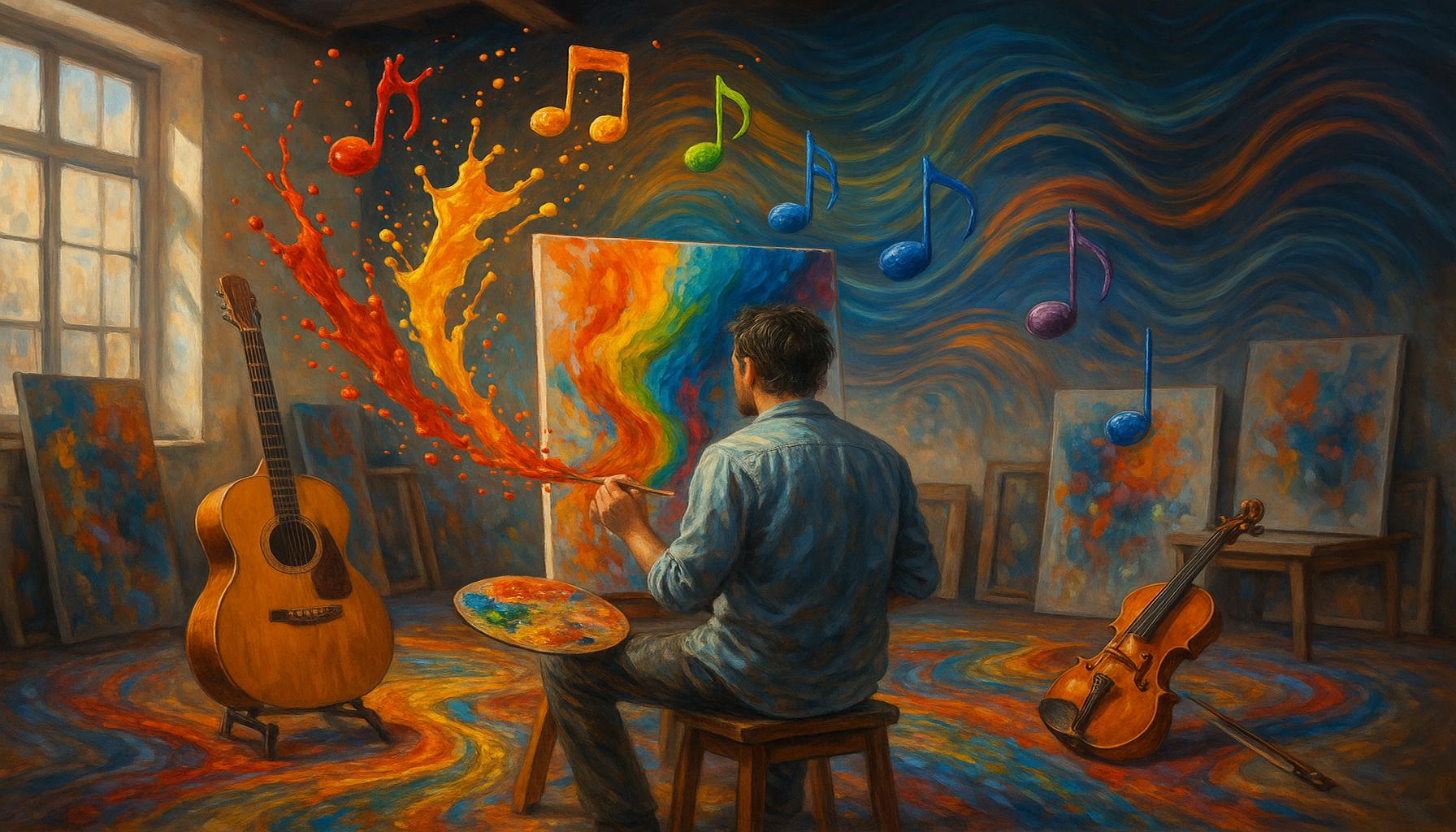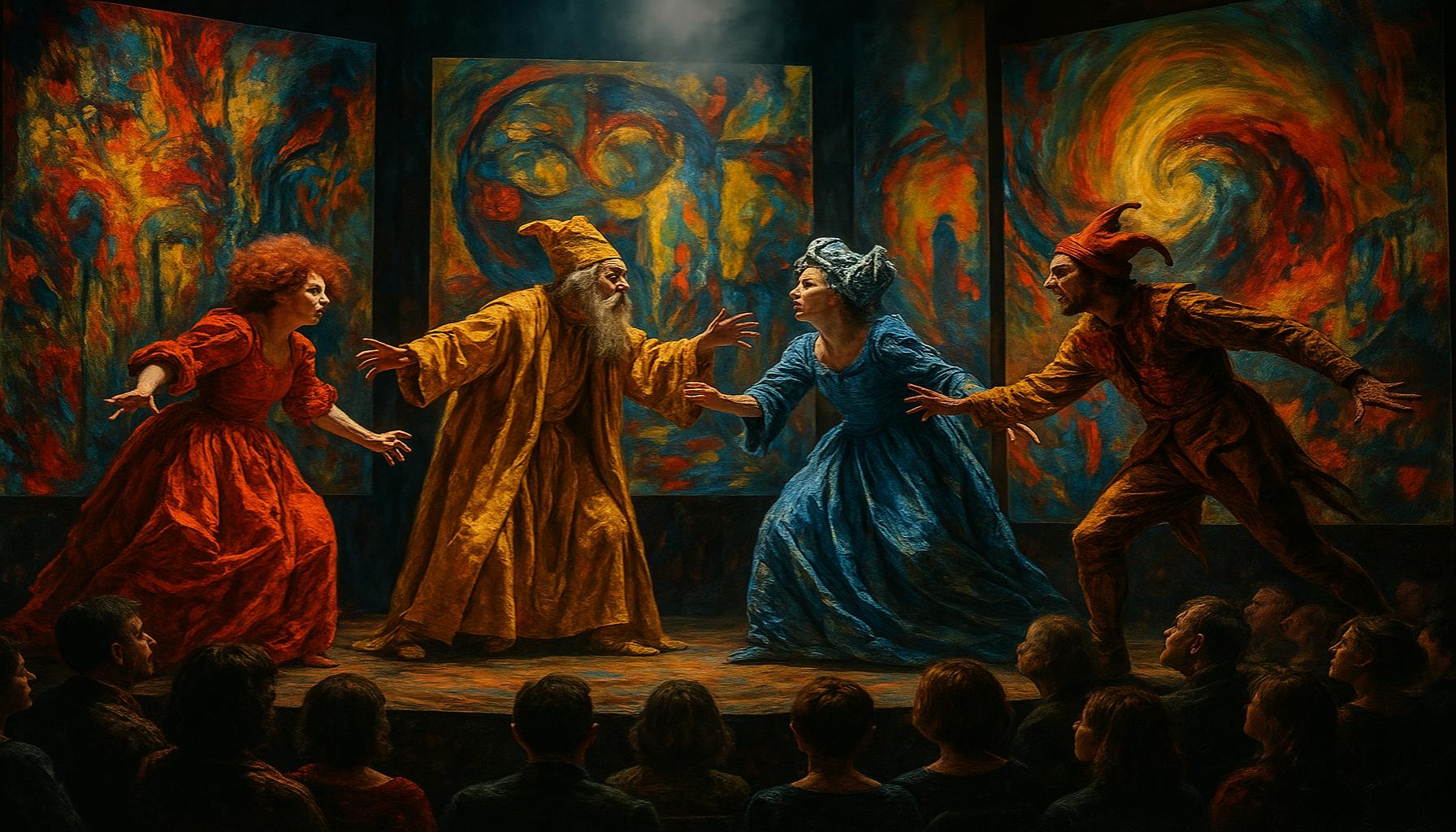The importance of art in therapy: how creativity can heal and transform lives.
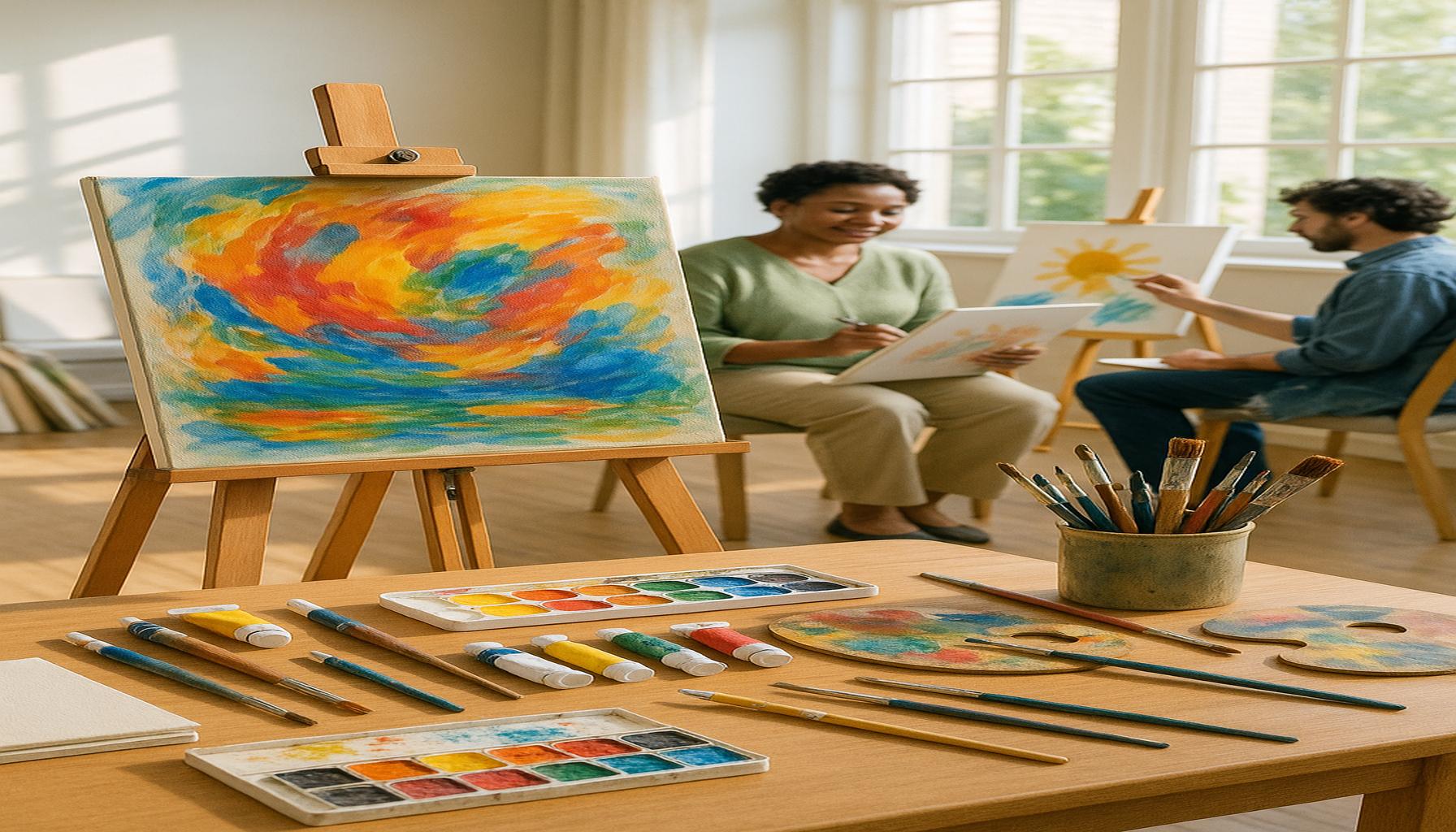
Exploring the Therapeutic Benefits of Art
Art is not just a means of visual expression or aesthetic appreciation; it has emerged as a vital element in therapeutic settings, proving to be an essential tool capable of **transforming lives**. This phenomenon is gaining traction as more practitioners and institutions recognize and integrate **art therapy** into their clinical practices, illustrating the powerful connection between the creative process and emotional healing.
Therapeutic art practices encourage individuals to tap into their inherent creativity, regardless of their artistic skill level. The benefits of engaging in art as a therapeutic tool include:
- Emotional release: For many, articulating feelings can be a daunting task; art serves as a medium through which individuals can express their emotions. For instance, a person dealing with grief may find solace in painting, allowing the colors and brush strokes to convey what words cannot.
- Stress reduction: Engaging in creative activities such as drawing, painting, or sculpting can profoundly influence mental health. Studies have shown that spending just 45 minutes on a creative project can significantly lower cortisol levels, leading to reduced anxiety and enhanced relaxation.
- Self-discovery: Creating art can act as a mirror reflecting one’s experiences and identity. For example, a middle-aged man rediscovering his passion for art after years in a corporate job may find a renewed sense of purpose through his artwork, reconnecting with his younger self.
In the United States, numerous organizations, such as The Art Therapy Association and community health centers, have emerged, focusing on the integration of art therapy into their programs. These institutions have seen significant success, serving diverse populations, from children grappling with trauma to adults coping with anxiety and depression. Notably, art programs in schools have been instrumental in supporting children who may process emotions more effectively through creative endeavors rather than traditional dialogue.
The ripple effect of art therapy goes beyond individual growth, nurturing well-being within communities. Group art sessions often foster dialogue and intimacy among participants, who come together to share their experiences and stories through their creations. Such interactions can lead to a greater sense of belonging and community cohesion, illustrating how creativity has the power to not only uplift individuals but also catalyze **societal transformation**.
As you delve into the world of art therapy, consider the multifaceted ways creativity can act as a vehicle for healing and personal growth. From enhancing emotional health to fostering community connections, the potential of art to transform lives is both profound and far-reaching.
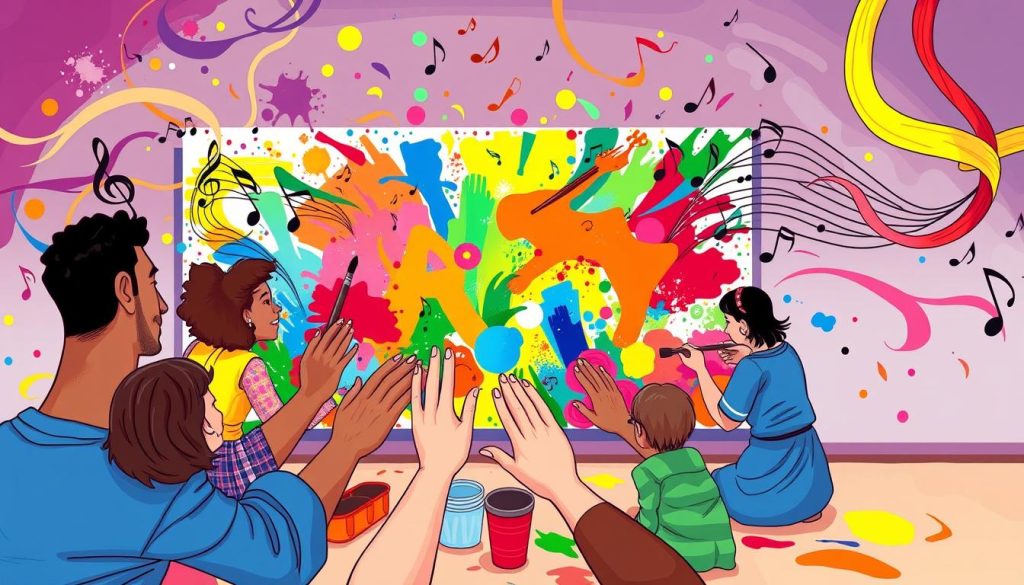
DIVE DEEPER: Click here to discover how musical improvisation can enhance your creativity
The Power of Creative Expression in Healing
Art therapy functions on the premise that creativity is inherent in all people, and engaging in artistic expression can serve as a pathway to mental and emotional resilience. This unique form of therapy harnesses the transformative power of creativity to address mental health issues and facilitate healing processes. In recent years, clinical professionals have increasingly recognized the benefits of art therapy to help their patients navigate life challenges, resulting in improved emotional well-being.
Research supports the efficacy of art therapy across various demographics, from children dealing with behavioral challenges to adults facing debilitating mental health conditions. This nurturing approach offers a safe space for individuals to explore their feelings, express thoughts, and ultimately heal. Within this framework, the therapeutic process moves beyond mere artistic skill, instead valuing the act of creation as a therapeutic endeavor in itself.
Some notable benefits of art therapy include:
- Enhanced communication: Many individuals struggle to articulate their thoughts and feelings verbally. Art provides an alternative form of communication, allowing them to depict their inner experiences through drawings, paintings, or sculptures. This visual dialogue can make it easier to address complex feelings related to trauma or loss.
- Improved cognitive functioning: Creating art activates the brain in unique ways, which can help improve problem-solving skills and cognitive flexibility. Engaging with colors, textures, and forms can stimulate the brain and promote mental agility, potentially benefiting those recovering from cognitive impairments.
- Building resilience: The creative process often involves trial and error, and through this exploration, individuals learn to accept setbacks and embrace the journey of creation. This journey fosters a sense of resilience and adaptability, vital skills that can assist individuals in facing life’s challenges outside of the art studio.
In the United States, art therapy has been effectively utilized in various settings, including schools, hospitals, and community centers. For instance, art programs designed for veterans battling PTSD not only offer a means for emotional expression but also create supportive environments where veterans can connect with one another. These programs significantly improve mental health outcomes, helping participants reintegrate into society with renewed confidence and purpose.
Furthermore, art therapy can play an essential role in addressing the unique needs of marginalized communities. By providing accessible creative outlets, these programs can empower individuals to voice their experiences, celebrate their identities, and explore cultural narratives. As such, art becomes a vehicle for social change, allowing creativity to flourish where it is most needed.
Engaging with the artistic process brings forth not only personal healing but also the potential to reshape community dynamics. The collaborative nature of art therapy groups encourages shared experiences and emotional support among participants. This collective creative journey can cultivate a sense of belonging, empathy, and understanding, which is crucial in today’s often fragmented society.
Art therapy has emerged as a vital component in both traditional and alternative healing practices, illustrating the profound impact that creativity can have on emotional and psychological well-being. One of the core benefits of art in therapy lies in its ability to foster self-expression. For many individuals, especially those who struggle to articulate their feelings verbally, engaging in artistic activities provides a non-verbal outlet to explore and communicate complex emotions. This process often leads to profound insights and a deeper understanding of oneself.Moreover, the experience of creating art can serve as a powerful cathartic release, helping individuals cope with trauma, anxiety, and depression. The act of painting, drawing, or sculpting allows clients to channel their feelings and experiences into something tangible, fostering a sense of accomplishment and control in their lives. This therapeutic engagement can be particularly beneficial for marginalized groups or those who have experienced significant difficulties, as it offers a safe space to explore their narratives without judgment.Research has shown that art therapy can also lead to physiological benefits. Engaging in creative activities has been linked to reduced stress levels, lower blood pressure, and improved immune function. This connection between creativity and physical health underscores the holistic approach of art therapy, where mental and physical well-being are interlinked.In addition, the communal aspect of art therapy programs can enhance social skills and provide much-needed support networks. Collaboration in group art projects or sharing artwork in a supportive environment fosters a sense of belonging and acceptance. Many participants report feeling less isolated and more connected to others, which is especially crucial for those who may struggle with social anxiety or loneliness.As professionals continue to explore the multifaceted dimensions of creativity and healing, the potential for art therapy to positively transform lives is becoming increasingly evident. Exploring new methods, integrating various artistic disciplines, and understanding the neuroscience behind creativity are paving the way for innovative therapeutic practices that can lead to profound healing and personal growth. Through art, individuals are not just encouraged to express themselves; they are given the tools to reconstruct their narratives, redefine their identities, and embark on transformative journeys towards healing and resilience.
DISCOVER MORE: Click here to uncover creative ideas
Fostering Emotional Intelligence through Artistic Ventures
The exploration of art in therapy also highlights its profound ability to cultivate emotional intelligence. By engaging with various artistic media, individuals are not only able to connect more deeply with their own emotions but also learn to empathize with the feelings of others. This dual enlightenment can lead to improved interpersonal relationships and a greater understanding of personal triggers, emotions, and their consequences.
For example, programs integrating art therapy into schools have demonstrated remarkable success in enhancing students’ social skills. Through shared art projects, children learn to collaborate and negotiate, navigate conflicts, and build trust within peer groups. These skills are crucial, especially for young individuals grappling with social anxiety or behavioral challenges. The creative process becomes a non-threatening ground where conversations and emotional discoveries can flourish.
Moreover, art therapy extends its healing potential to individuals coping with chronic illness. Studies reveal that cancer patients, when engaged in artistic activities, report lower levels of anxiety and depression. This is particularly significant in the realm of palliative care, where art serves as a therapeutic outlet for patients processing their emotions and experiences surrounding illness. For instance, programs that encourage patients to create visual art have helped empower them to narrate their medical journeys, providing an invaluable opportunity for personal agency and expression.
Beyond the tangible benefits in therapy settings, art also presents a unique spiritual dimension. Engaging in creative practices often allows individuals to tap into deeper aspects of themselves, fostering mindfulness and a greater sense of purpose. For those struggling with existential questions or a loss of direction, reflective art-making can lead to profound discoveries about one’s identity and place in the world.
Furthermore, the social implications of art therapy cannot be overstated. In communities impacted by socioeconomic disparities, creative initiatives provide individuals with a platform to share their stories and perspectives. The community art therapy model not only promotes healing on an individual level but also encourages community building and solidarity. Through mural projects, dance workshops, or poetry readings, marginalized groups can reclaim spaces in society, thus amplifying their voices and narratives.
As the United States continues to grapple with issues of mental health, the integration of art therapy into mainstream practices is increasingly vital. The National Endowment for the Arts has been promoting research into the effectiveness of art in improving health outcomes, advocating for funding and support of artistic endeavors in therapeutic settings. This collaborative effort among researchers, clinicians, and artists aims to generate more data demonstrating the powerful implications of art therapy for various populations.
Thus, art therapy stands at the intersection of creativity and healing, revealing countless opportunities for emotional exploration and growth. It invites individuals to embrace their unique experiences while navigating the complexities of life, providing tools for self-awareness and transformation that can resonate far beyond the confines of therapy sessions. The journey through creativity is expansive, encouraging not just personal healing but potential societal change, reinforcing the view that art is indeed an essential component of holistic well-being.
DISCOVER MORE: Click here to dive deeper
Conclusion
In conclusion, the role of art in therapy underscores a transformative potential that actively engages individuals in the healing process. The integration of artistic expression into therapeutic practices not only promotes emotional intelligence but also fosters personal growth and social connectivity. From enhancing interpersonal relationships to empowering individuals facing chronic illnesses, the therapeutic benefits of creativity extend far beyond conventional methods of healing.
This multidimensional approach to mental health care reveals how creativity can serve as a powerful tool for self-discovery, allowing individuals to articulate their experiences in ways that transcend words. Furthermore, the incorporation of community art initiatives provides marginalized voices with a platform to share their narratives, ultimately contributing to a more inclusive dialogue around mental health.
As the United States continues to address the pressing challenges surrounding mental well-being, it becomes increasingly crucial to recognize and advocate for the inclusion of art therapy within mainstream healthcare practices. This shift could unlock vast opportunities for individuals to explore their emotional landscapes, leading to impactful changes in personal and communal well-being. By championing creativity as a fundamental aspect of healing, we cultivate a richer, more empathetic society where everyone can thrive.
Ultimately, art therapy is not merely an adjunct to traditional methods; it is a profound pathway towards holistic health, encouraging individuals to harness the full spectrum of their creativity. As we move forward, it is imperative to further investigate and support this invaluable intersection of art and therapy, allowing creativity to heal and transform lives in remarkable ways.

